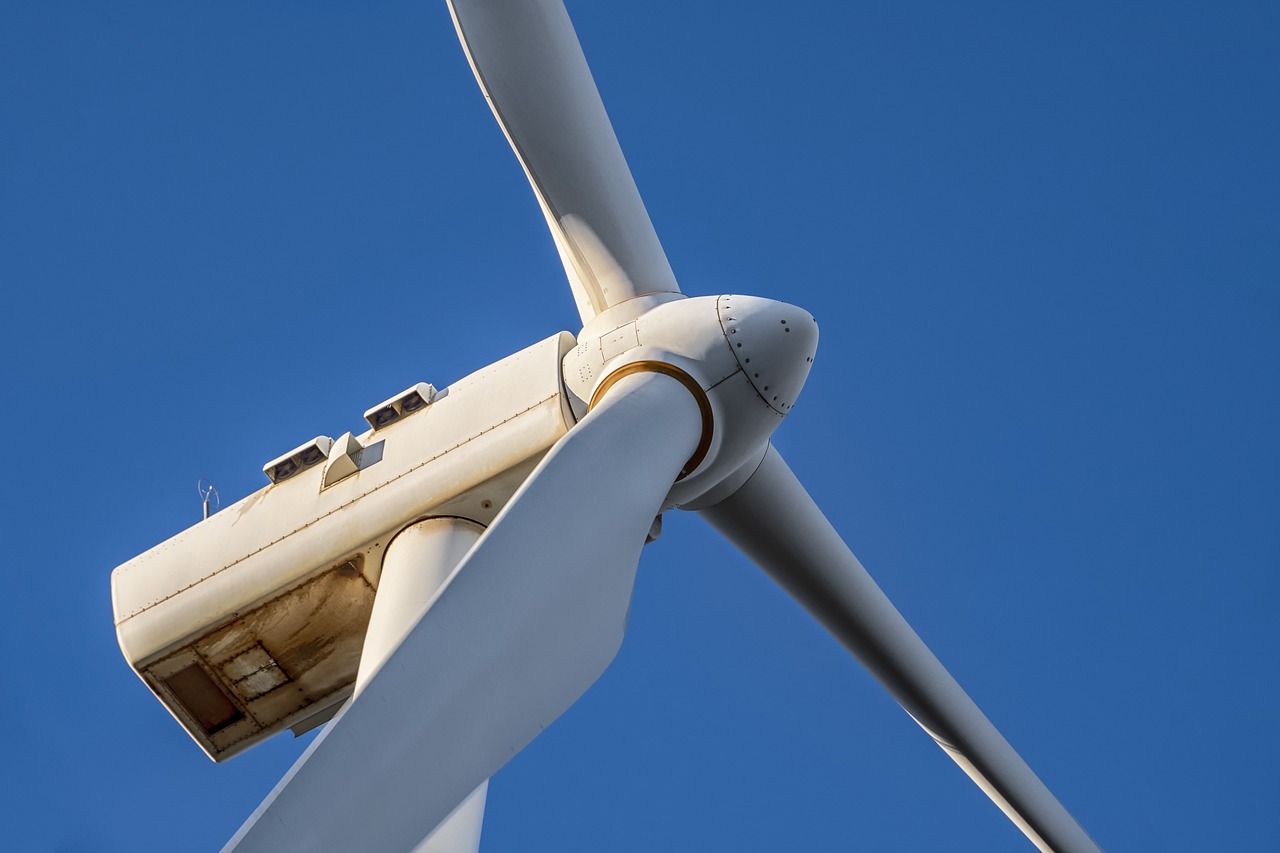Project Overview
In May 2024, the work of our Cyber-Physical Systems team, Dr Andrei Petrovski and KTP Associate, Dipto Arifeen was presented at the 7th IEEE International Conference on Industrial Cyber-Physical Systems (ICPS) in St. Louis, USA. The paper, ‘Temporal Graph Convolutional Autoencoder-Based Fault Detection for Renewable Energy Applications’, introduces an autoencoder model that uses a temporal graph convolutional layer to detect faults in the energy generation process. The proposed model has exceptional spatiotemporal feature learning capabilities, making it ideal for fault detection applications.
What are Cyber-Physical Systems?
Cyber-Physical Systems (CPS) represent the integration of computation, networking and physical processes. Within these systems, embedded computers and networks monitor and control physical processes, creating feedback loops where physical processes influence computations and vice versa. CPS technology is essential for various applications such as smart grids, wind turbines, photovoltaic panels, autonomous vehicles, medical monitoring, industrial control systems, robotics and smart buildings. The seamless interaction between the cyber and physical components enables enhanced functionality, efficiency, and capabilities, thus establishing CPS as a critical area of innovation for advancing intelligent systems. This work mainly focuses on the CPS of Photovoltaic panels and wind turbines. It proposes a novel deep-learning solution to detect faults from a time series dataset of microgrids and wind turbine blades.
What Is Intended by Fault Detection and Diagnosis of CPS?
Fault detection and diagnosis (FDD) is a critical process for maintaining the reliability and efficiency of Cyber-Physical Systems (CPS). It involves identifying, isolating and determining the nature and location of faults within a system. FDD employs various techniques such as statistical analysis, model-based methods and machine learning algorithms to detect anomalies and diagnose underlying issues. Effective FDD ensures minimal downtime, enhances safety and reduces maintenance costs by allowing for timely intervention and repair. This process is essential in energy industries like solar microgrids or wind turbines, where system failures can have significant consequences.
Project Aim
This project aims to develop a novel deep-learning model to detect and diagnose faults in photovoltaic microgrids and wind turbines.
Project Objectives
A Temporal-Graph Convolutional Network (T-GCN) layer-based Autoencoder (AE) model is developed to detect faults from time series data. Compared to the GCN-based AE model, the T-GCN model can effectively learn the spatiotemporal nature of the CPS sensor's time series data.
The National Subsea Centre Cyber-Physical Systems team used the Fast Fourier Transform (FFT) to reduce noise and the boxplot and isolation forest (IF) to remove outliers from the highly noisy sensor data.
The team then compared the performance of the TGCN-AE model with GCN AE using wind turbine blades and photovoltaic microgrid datasets.
T-GCN AE outperforms GCN-AE in false alarm rate (FAR) and fault detection rate (FDR) for photovoltaic microgrid and wind turbine datasets.
Graph Convolutional Network Autoencoder-Based FDD
In this project, the team integrated a graph convolutional network (GCN) with AE to develop the FDD model. They also added the temporal layer to learn the temporal relationship explicitly. A GCN-based AE is a powerful deep-learning model for representation learning on graph-structured data. Therefore, the time series data is converted to graph-structured data before passing to the model. Combining the strengths of GCNs and AE, this model captures graphs' complex relationships and features. The GCN component performs convolution operations on the graph, aggregating information from neighbouring nodes (in this case, sensors) to learn each node's rich, localised representation. The autoencoder then uses these representations to encode the graph into a lower-dimensional latent space and reconstruct it. The reconstruction error is then used to construct the threshold using the Gaussian kernel density estimation method.
In the testing phase, any data above the threshold is considered a fault or anomaly, while data points below the threshold are treated as normal data points.
Results and Conclusion
The Cyber-Physical Systems team propose a fault detection model for wind turbine blades and photovoltaic microgrid datasets using an Autoencoder (AE) approach. Their model incorporates a Temporal Graph Convolutional Network (T-GCN) layer to simultaneously learn the spatiotemporal behaviour of the components, which is crucial for analysing Supervisory Control and Data Acquisition (SCADA) data due to the spatial and temporal correlations among the features. Their experimental results indicate that the T-GCN-based AE model has achieved a 100% fault detection rate and minimal false alarm rate for renewable energy industrial applications. In future work, the team plan to develop a hybrid fault detection model by combining a GCN-based forecasting and reconstruction model.
This is just one of the Cyber-Physical Systems projects being undertaken at the Centre. Other projects include the Intrusion Detection in Industrial Control System Project and the Securing Cyber-Physical Systems With Two-Level Anomaly Detection Strategy.
Companies interested in receiving further information on how this research can be applied to their projects, can reach out via our Contact Us page. The NSC's dedicated team will be happy to discuss possible collaborations and partnerships.
To discover more about how our Cyber-Physical Systems team is solving real-world problems and the other impactful research projects that are currently being undertaken, view our dedicated Cyber-Physical Systems webpage.








